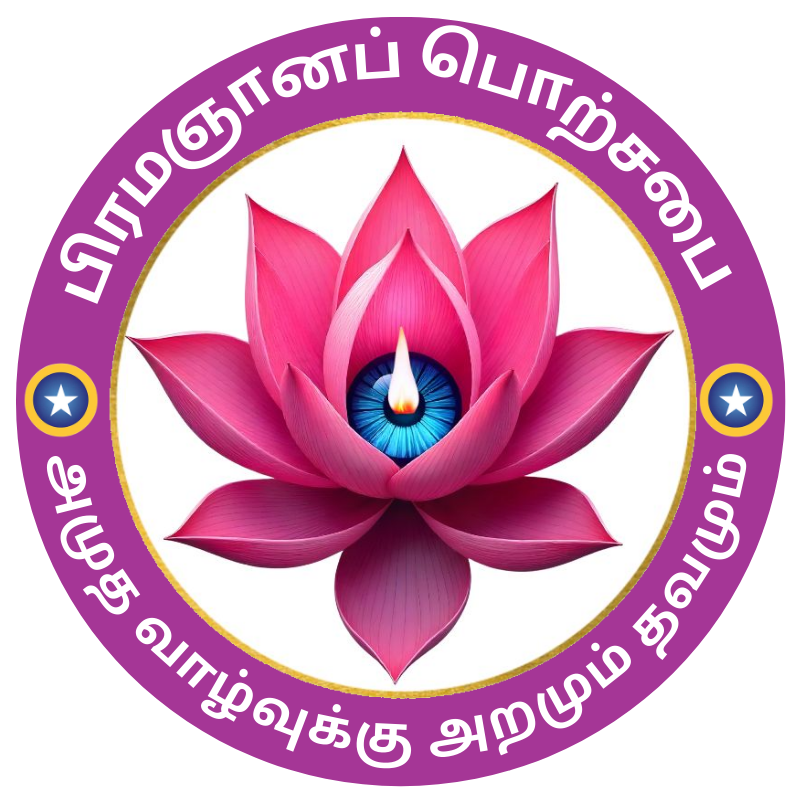
Wisdom of Chaitanya
Sat-Chit-Ananda refers to the three characteristics of God: existence (Sat), consciousness (Chit), and bliss (Ananda). Sat means being, Chit means knowing everything, and Ananda means infinite bliss. Attaining complete knowledge similar to God is called the state of Chaitanya. Vedanta describes the three aspects of Sat-Chit-Ananda as the essential nature of Braman.
Being united with the soul and immersed in the experience of the soul is the state of Chaitanya. Vivekachudamani beautifully mentions this state as Swasvarupa Anusandhanam (constant meditation on one’s true nature). The Advaitic experience of merging with the Divine without any duality is the state of Chaitanya.
Chaitanya is a Sanskrit word that means “consciousness.” It relates to the universal self or soul. It also means “spirit,” “intelligence,” “energy,” or “awareness.” Yoga Shastra states that the fundamental nature of Braman is Chaitanya.
Chaitanya is also the name of a devotional movement in Hinduism. Followers believe that Chaitanya Mahaprabhu is an avatar of Vishnu sent to save the earth. Philosophically, Chaitanya signifies a divine, pure consciousness that can draw the mind into a meditative calm. Hinduism mentions several divisions within Chaitanya: Brama Chaitanya (complete consciousness), Ishvara Chaitanya (cosmic consciousness), Jiva Chaitanya (individual consciousness), and Sakshi Chaitanya (inner consciousness).
The seven layers of consciousness described in the Upanishads include the body, life force, mind, higher intellect, supreme bliss, limitless divine self-awareness, and pure divine existence. Being in this marvelous state of complete awakening, which involves supreme awareness and unique nectar-like state, is called Chaitanya.
Gnana Chaitanya translates to wisdom (Gnana), derived from “Gnana” and “am.” Gnana involves using knowledge, experience, understanding, common sense, and intuition to think and act. The path to this wisdom includes four components: listening, contemplating, understanding, and meditation. A seeker who excels in the first three stages receives Brama Gnana initiation from the divine in the form of a guru, leading to the state of enlightenment and liberation. Achieving such wisdom requires the grace of a true guru. When the soul reaches a mature state, Shiva himself appears as the guru to impart Brama Gnana initiation, granting liberation and the state of enlightenment. A seeker who receives the guru’s grace will see the guru as Shiva himself; the worship of a true guru is considered the righteous path, as mentioned in Tirumantiram.
Seeing the guru, worshiping, thinking of the guru, touching and praying to the guru’s feet, singing the guru’s praises, and wearing the holy feet on the head are all considered paths of devotion to the guru, which is the righteous path. This practice helps people renounce worldly attachments and attain the supreme bliss of liberation.
A soul reaches peace when detached from worldly attachments, seeing everything as impermanent. Such a soul, when in the state of liberation, perceives the true reality and attains the supreme bliss known as Jeevan Mukti (liberation while living). Jeevanmuktas, upon the body’s death, merge with Shiva and experience eternal bliss.
Among our religious teachers, Manickavasagar attained supreme liberation through the path of wisdom. In his state of Jeevan Mukti, he praised his guru, saying, “The father who cut the bonds of delusion and made me Shiva.” Similarly, Thirunavukkarasar expressed his experiences in the path of wisdom through the following verse:
“The body is the house, the mind the lamp, The oil of realization is poured into the lamp, The flame of life is kindled, And with the fire of wisdom, One sees the feet of the supreme lord.”
Types of Knowledge
Gnana in Sariyai – Listening to texts of wisdom.
Gnana in Kiriyai – Contemplating the texts of wisdom.
Gnana in Yogam – Understanding the texts of wisdom.
Gnana in Gnana – Achieving the state of ultimate wisdom through meditation.
True Guru’s Grace and the Attainment of Gnana
A seeker who masters the stages of listening, contemplating, and understanding will receive the initiation of Brama Gnana from the divine in the form of a guru, leading to the state of enlightenment and liberation. The grace of a true guru is indispensable for achieving such wisdom. When the soul reaches maturity, Shiva appears as the guru, imparting Brama Gnana initiation, granting liberation and the state of enlightenment. A seeker who receives the guru’s grace will see the guru as Shiva himself; the worship of a true guru is considered the righteous path, as mentioned in Tirumantiram.



